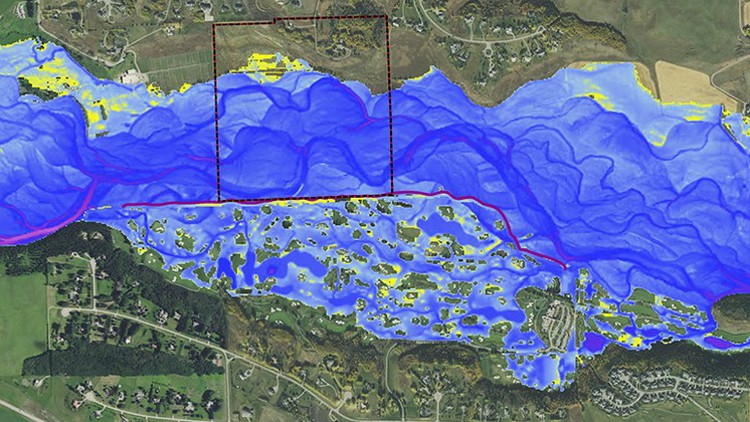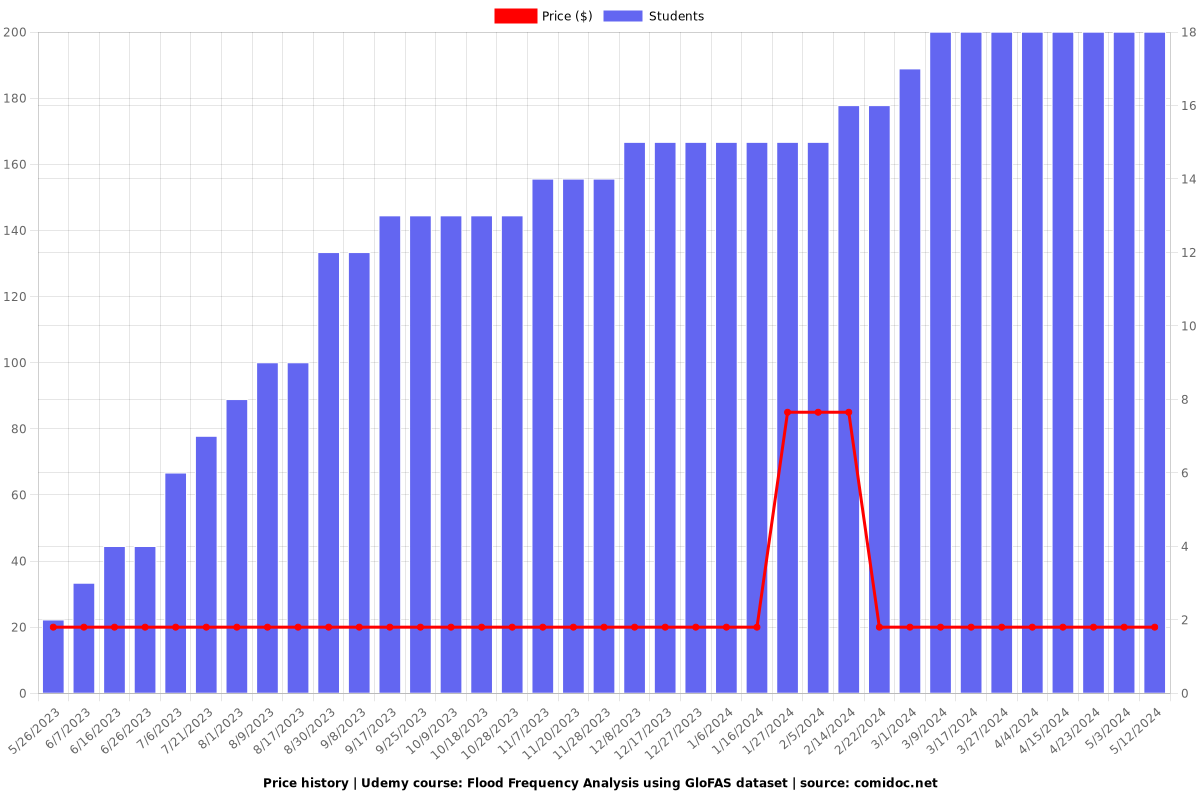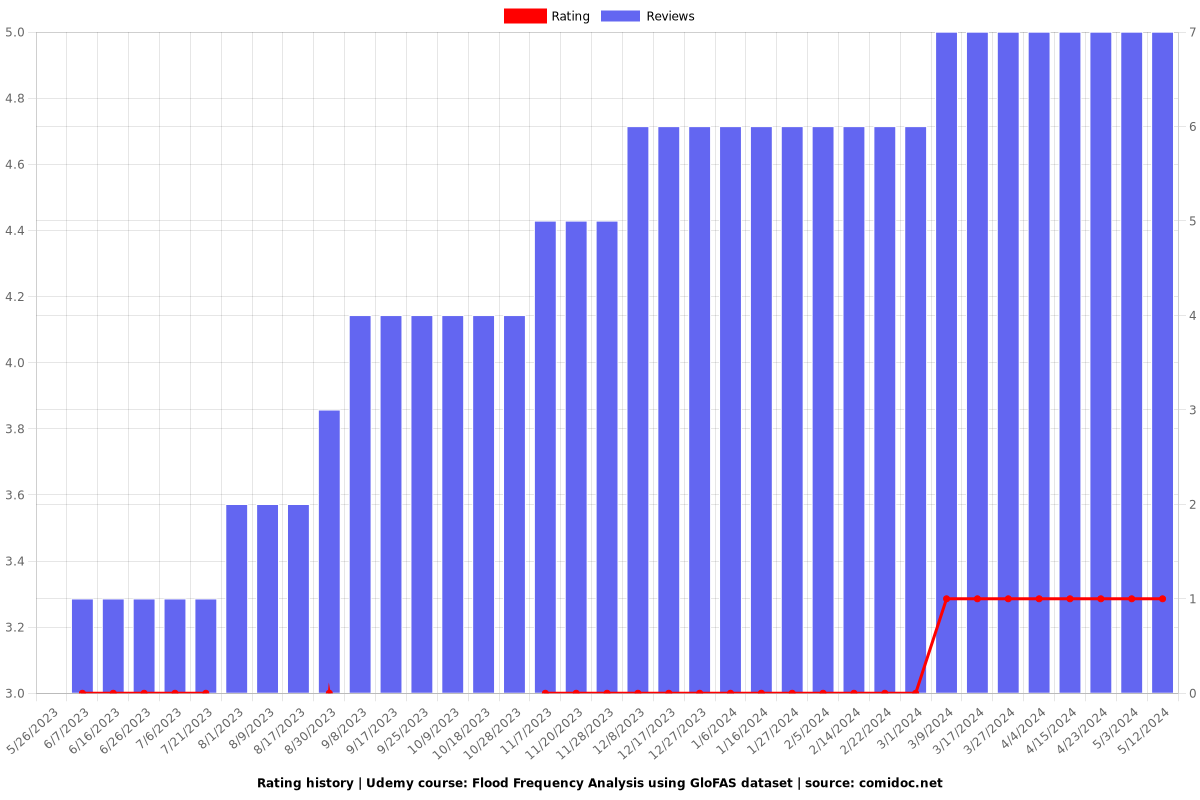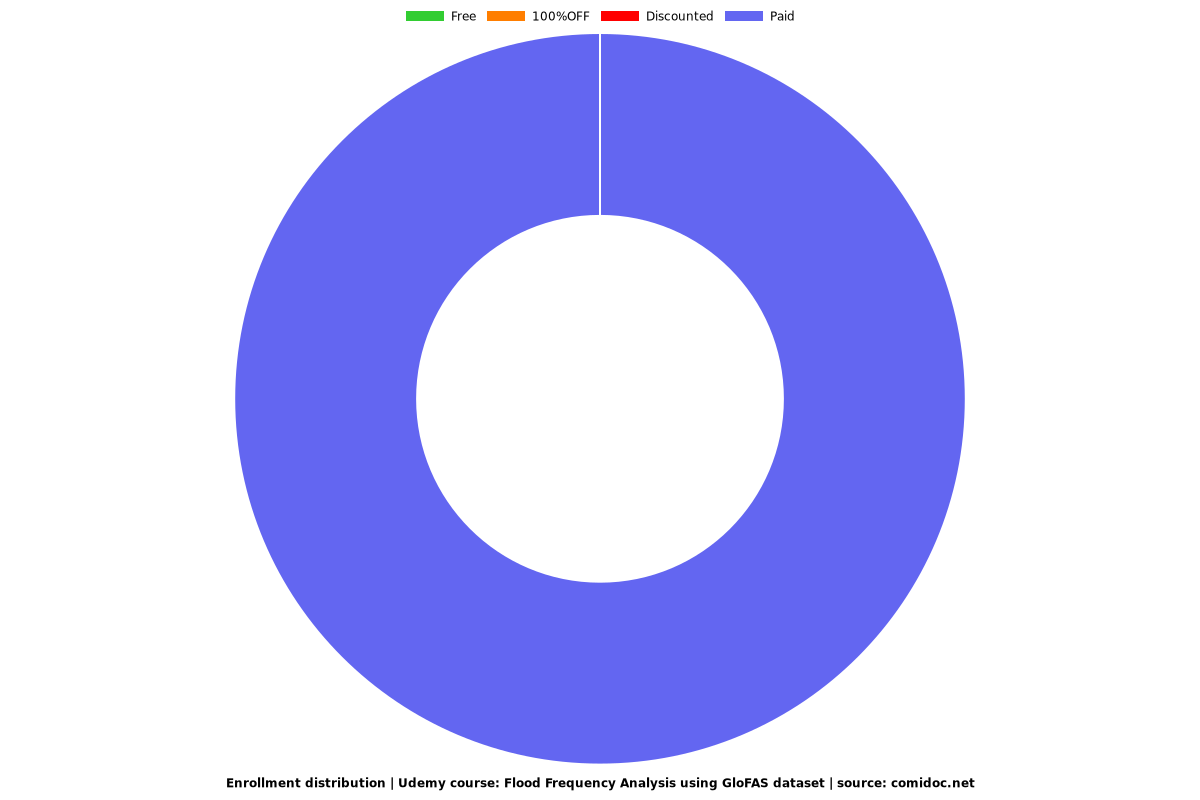Flood Frequency Analysis using GloFAS dataset
Estimation of the probability of different flood events occurring at a particular location

What you will learn
Learning How to Download Streamflow Datasets based on the Global Flood Awareness System (GloFAS)
Learning How to View and Extract Timeseries of NetCDF files in QGIS
Estimation of Annual Maximum peak discharges for a Long Term dataset in Excel
Fitting Different Probability Density Functions (PDFs) to Annual Maximum peak discharges and Determining the Best PDF
Calculating Floods With Different Return Periods (Such as 10, 25, 50, 100, 500, 1000)
Extracting the Relationship Between Floods with Different Return Periods and Floods Values
Why take this course?
Flood frequency analysis is a statistical method used to estimate the probability of different flood events occurring at a particular location. It is an important tool for flood risk management and involves analyzing historical flood data to determine the probability of different flood magnitudes occurring in the future.
The first step in flood frequency analysis is to gather data on past floods, such as their magnitude and frequency. This data is then used to calculate the probability of different flood magnitudes occurring in the future using probability distributions.
The most commonly used probability distribution in flood frequency analysis is the Gumbel distribution, which is based on extreme value theory. Other distributions, such as the Log-Pearson Type III distribution, can also be used depending on the nature of the flood data.
Once the probability distributions have been calculated, they can be used to estimate the probability of different flood magnitudes occurring in a given time period, such as the 25-year, 100-year, or 1000-year floods. This information is used to determine flood risk and inform flood risk management strategies, such as the design of flood protection infrastructure.
It's worth noting that flood frequency analysis is not without limitations and uncertainties. The accuracy of the results depends on the quality and quantity of historical flood data available, and there is always a degree of uncertainty associated with predicting rare or extreme events. Additionally, climate change and land use changes can impact flood frequency and magnitude, making accurate predictions more difficult.
In this course, all details about FFA, downloading the GloFAS dataset from the Copernicus database in NetCDF format, Extracting daily flow time series from NetCDF in QGIS, Extraction of Annual Maximum Peak Discharges in Excel from Long Term dataset, Importing Annual Maximum Peak Discharges into EasyFit software, Fitting different Probability Distribution Functions to Annual Maximum Peak Discharges and selecting best PDF, Calculation of Flood for different probability values.
Reviews
Charts
Price

Rating

Enrollment distribution
